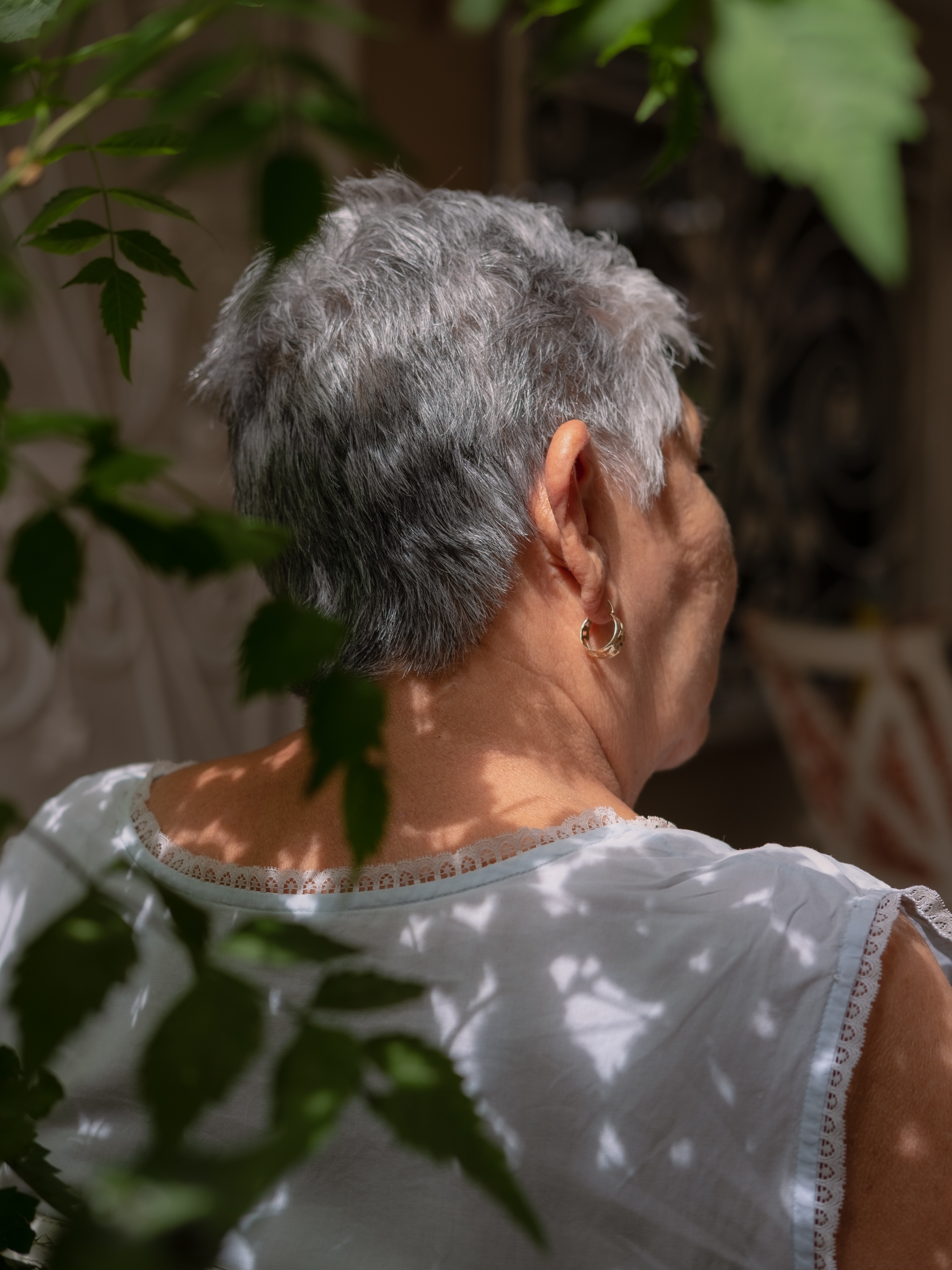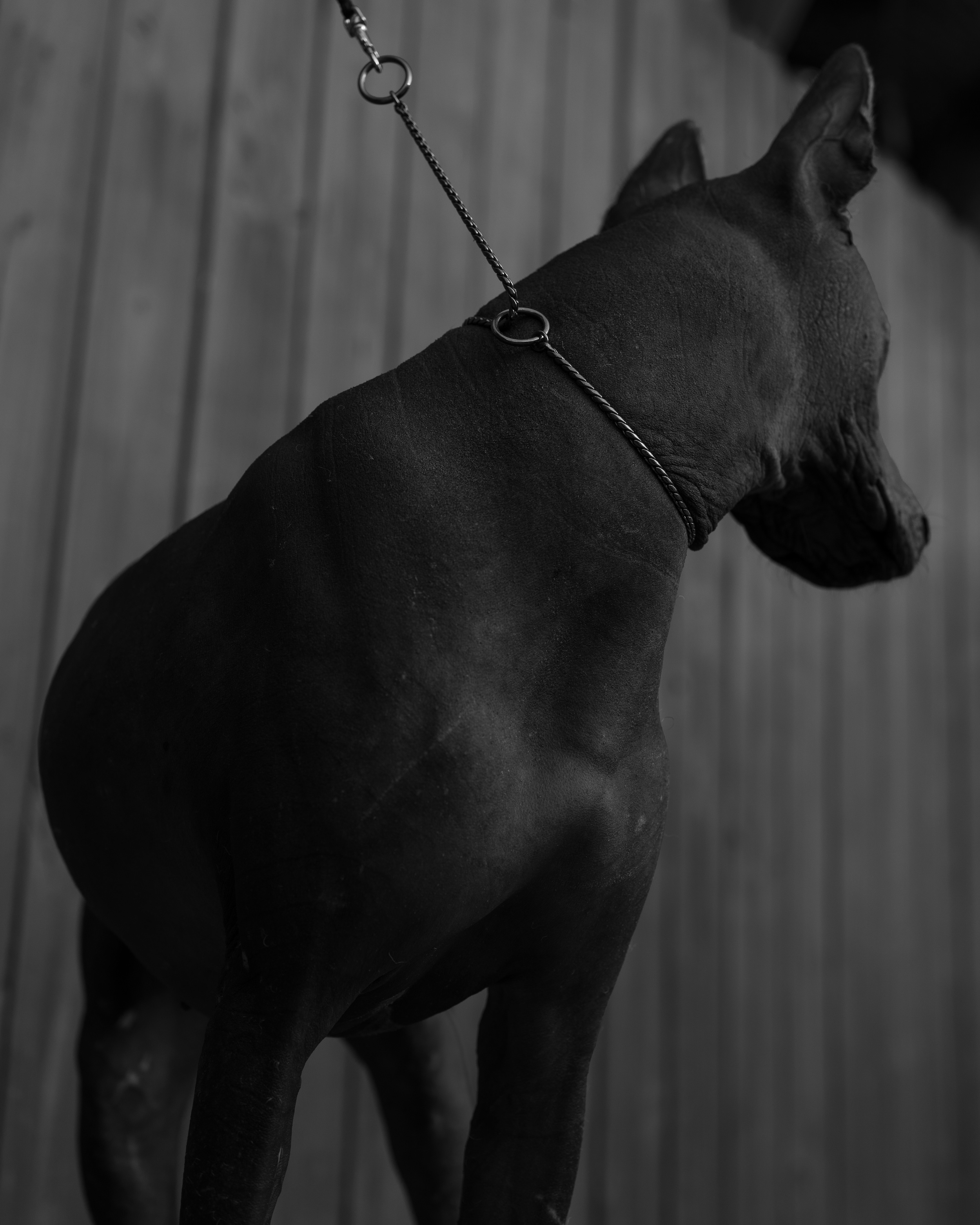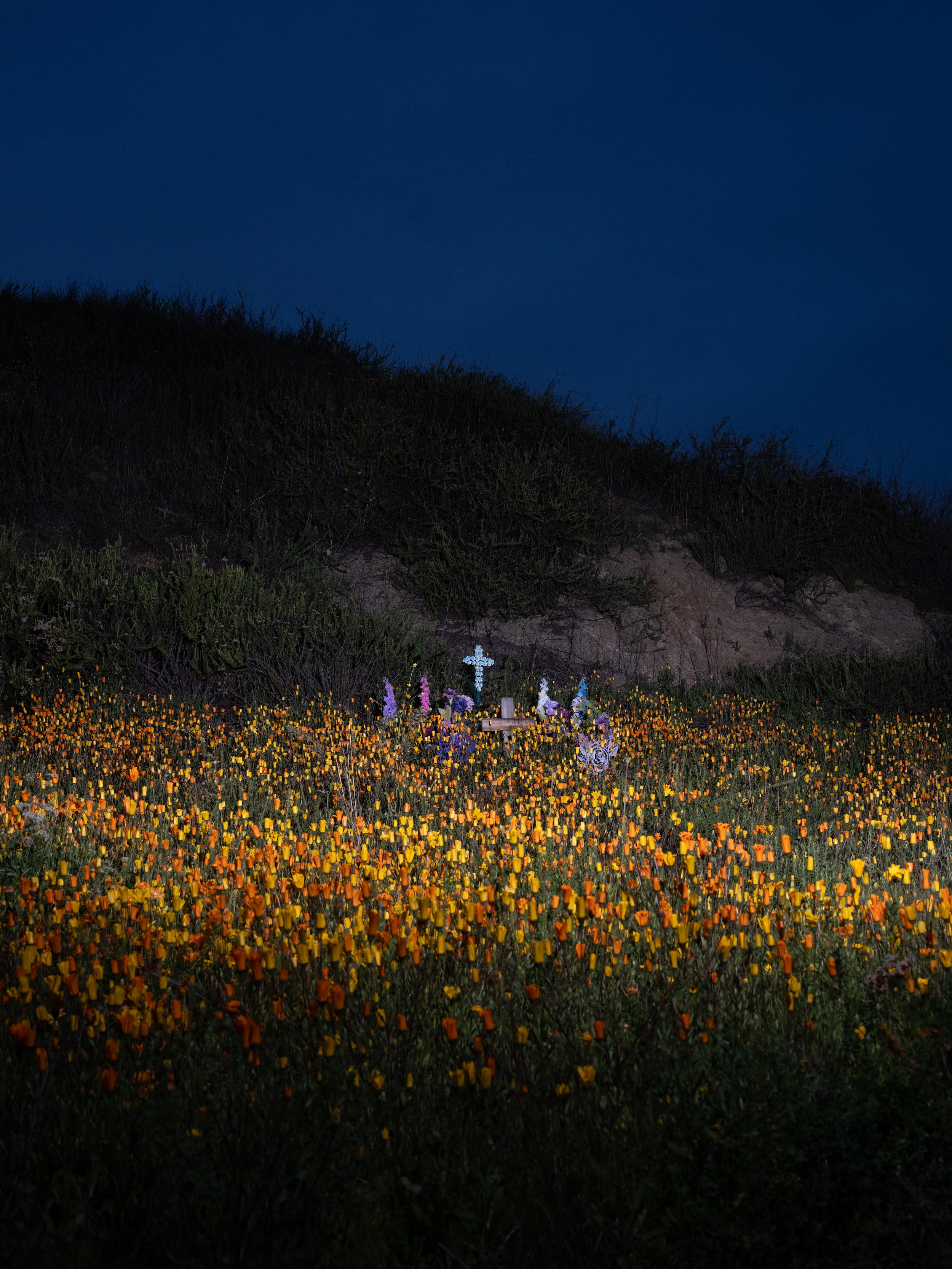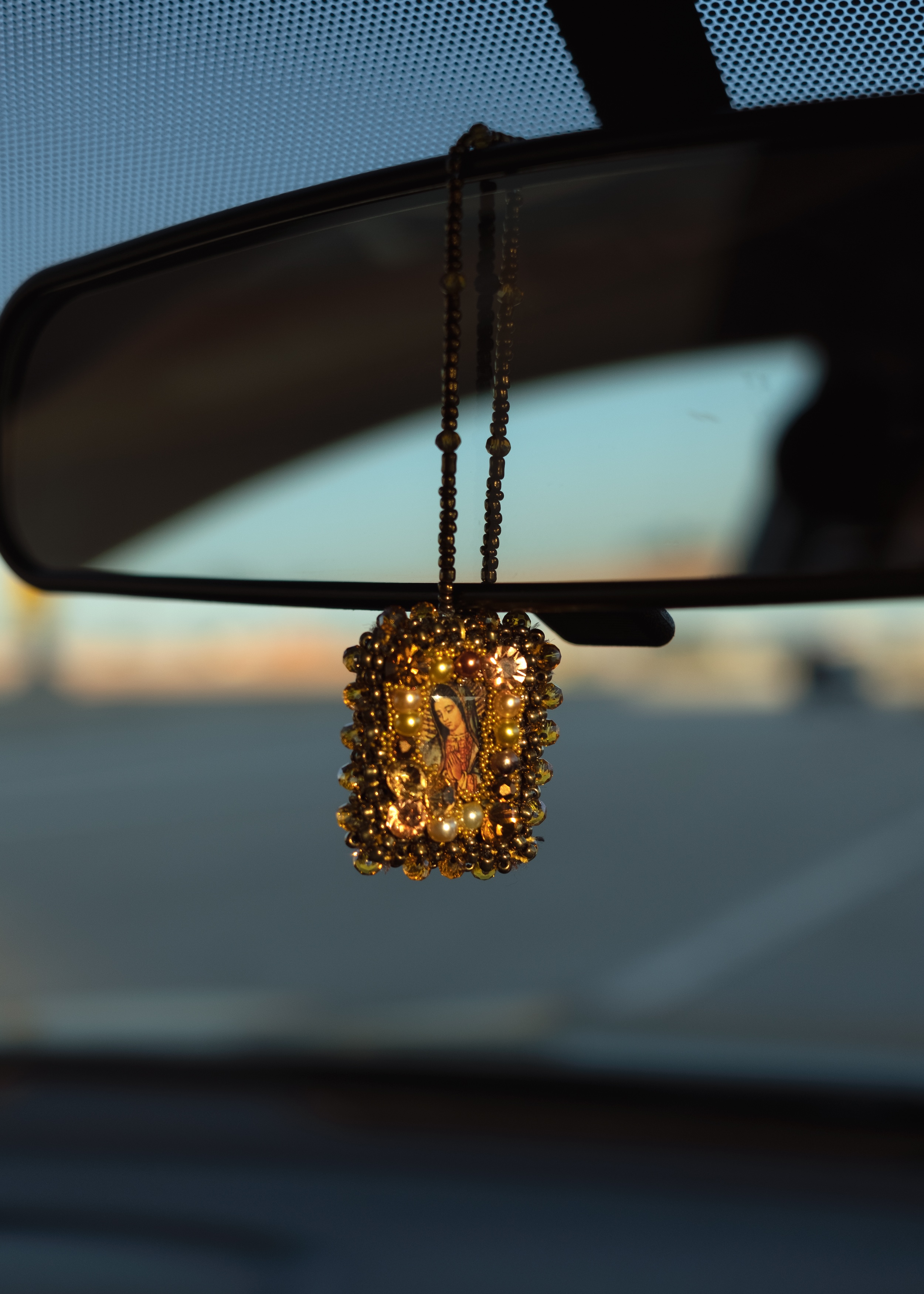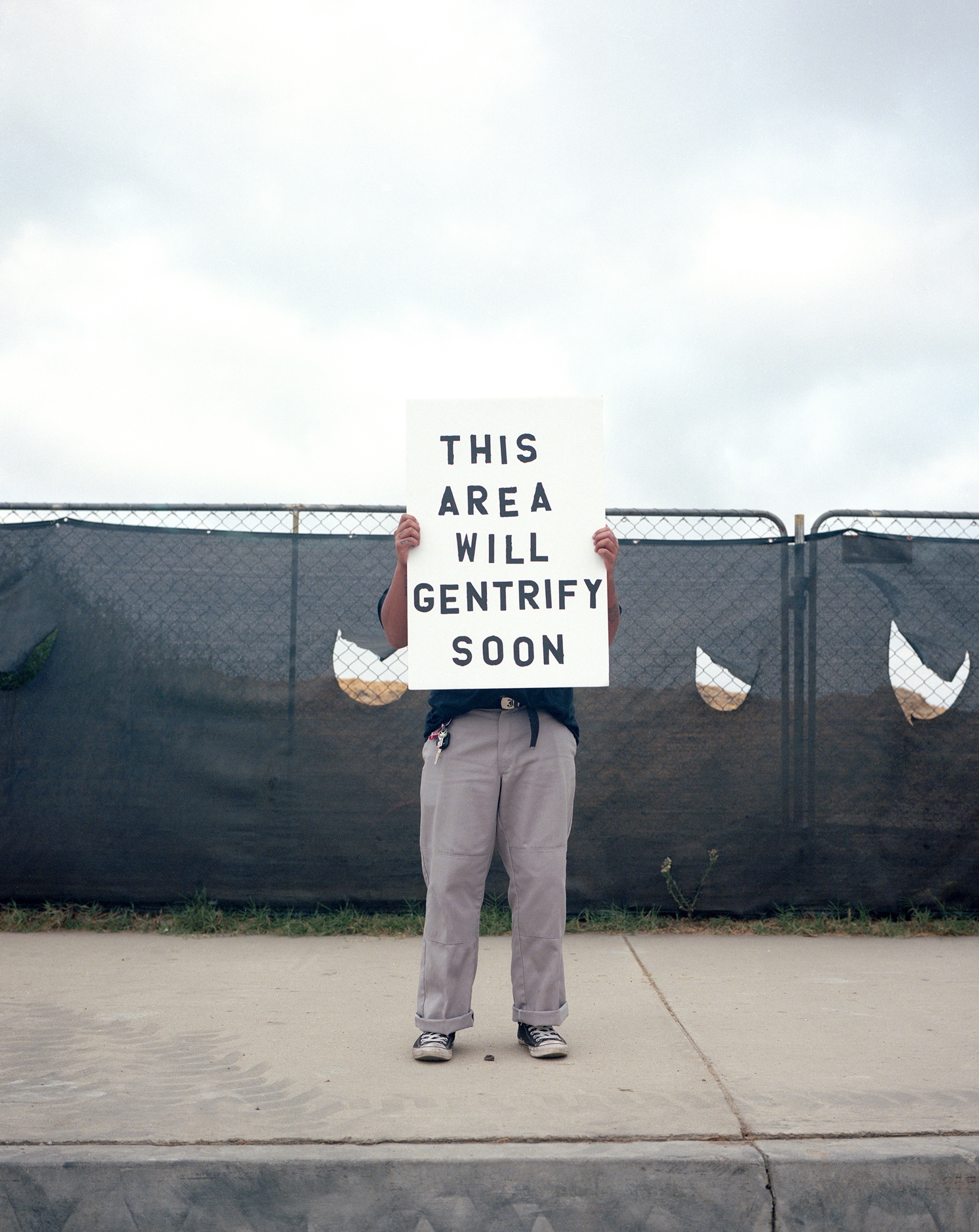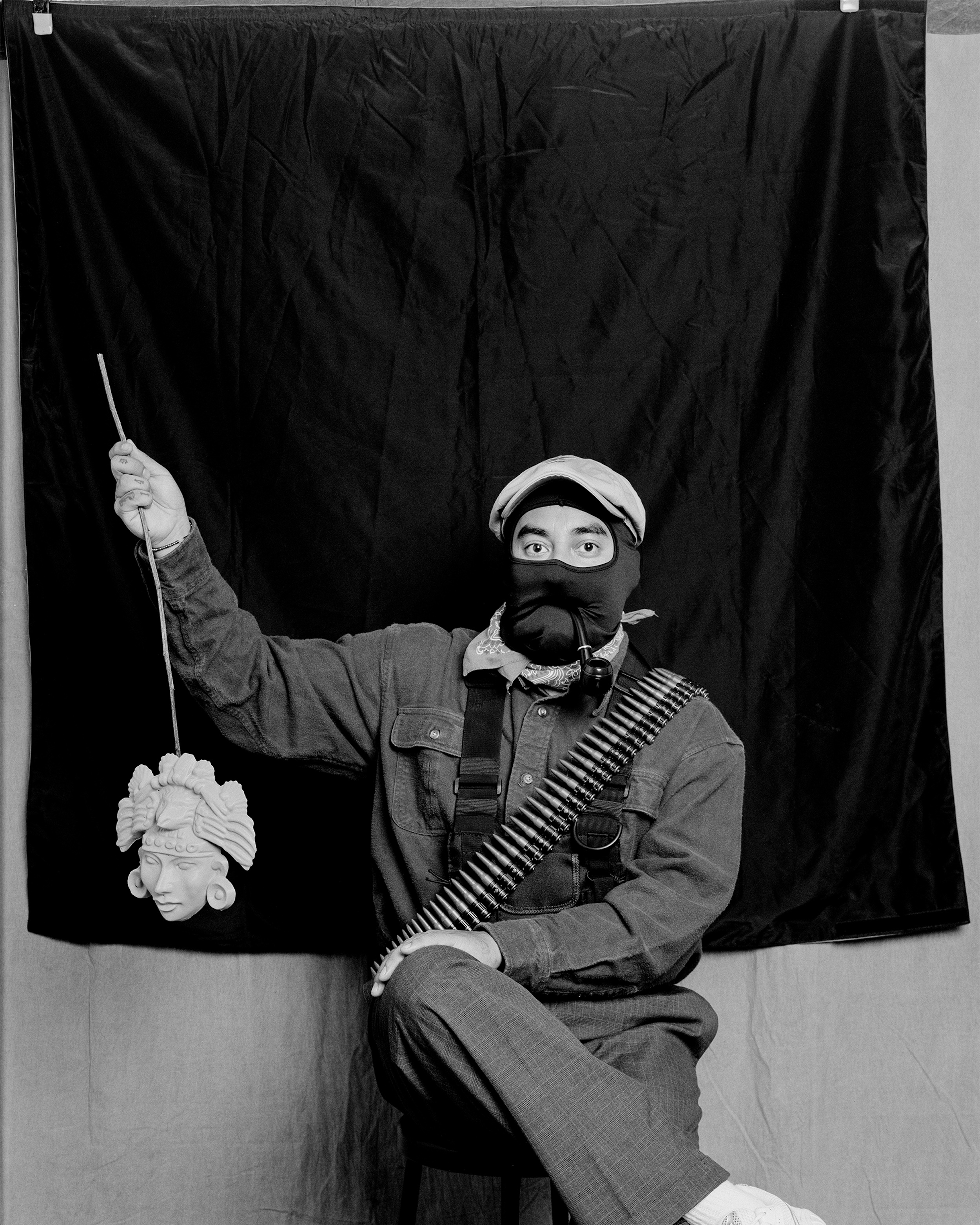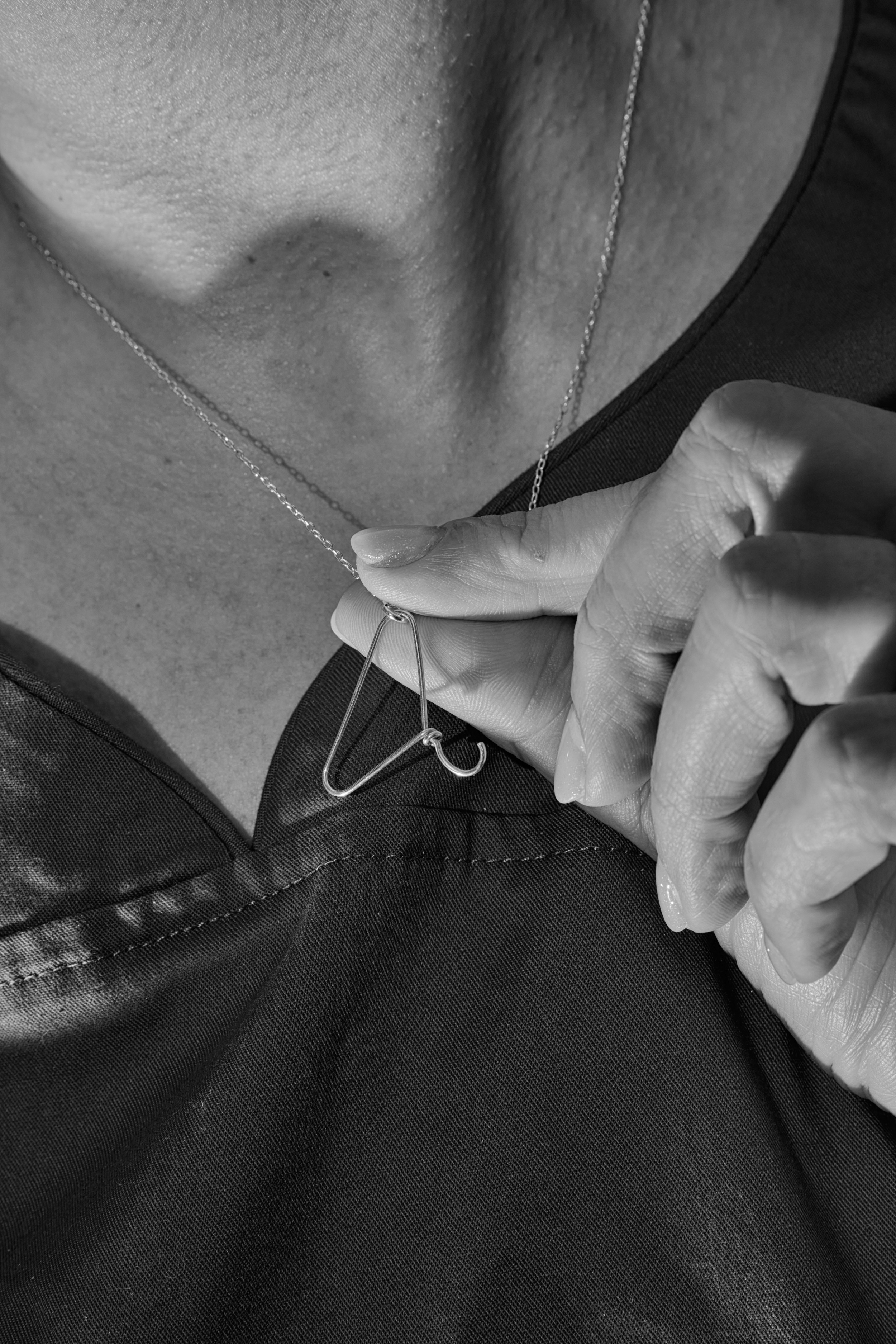Partners Clinic © Maggie Shannon
Exploring identity, responsibility, and resistance, Apparently in America uses photography to interrogate what it means to be “American” today
Emigrating to a new place and having your accent immediately give away where you are from is a strange experience. As a first-generation American, I did not feel truly American until I left, moving 5,469 miles away to England, where I was confronted by my identity and responsibility. The photography platform and Instagram profile, Apparently in America, interrogates the question of American identity through contemporary photography. It was conceived in a pub and named after a phrase I heard repeated by the barflies around me, always finished by something shocking. I was sometimes asked to verify the validity of these statements. “What do you think about school shootings?” “How is racism different in the States?” I found myself playing ambassador, a role I do not mind, except when people imply that I can never be a certain way or hold certain beliefs because I am American.
American-ness is something I have been considering and digesting my whole life., I wanted to etch out a space, a resource to collect voices of those as exhausted as I am by the weight of this task. Each artist I choose to work with for A.I.A. is asked to complete the statement “Apparently in America…” as a mini interview. What draws me to photography is personal narrative. Artists assume they need to be American to participate, but A.I.A. is for everyone. Some of the most poignant quotations on the platform come from individuals who would not be allowed to live in the United States, a tradition that began in the history of photography with the likes of Robert Frank and his peers.
Freedom is one of the most ubiquitous themes that appears on A.I.A, with my favourite quote written by André Duane Ramos-Woodard; “Apparently, in America, you can be whoever you want to be. Unless, of course, you’re BIPOC or queer or trans or a woman or disabled or a drag queen or a leftist or just plain logical. Apparently, if you’re any of those things, you’re just not American enough to achieve the freedom we all want and deserve.”
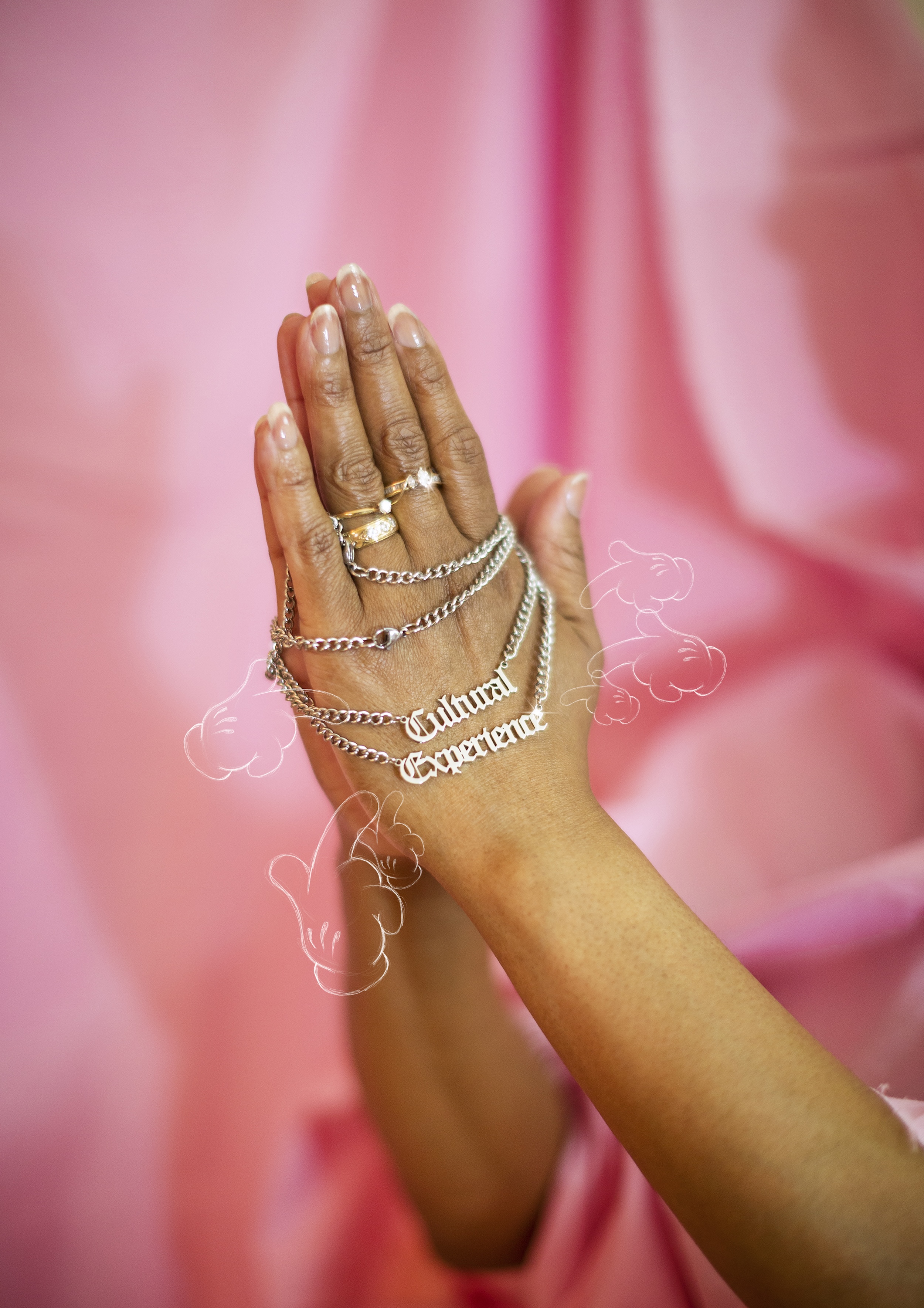
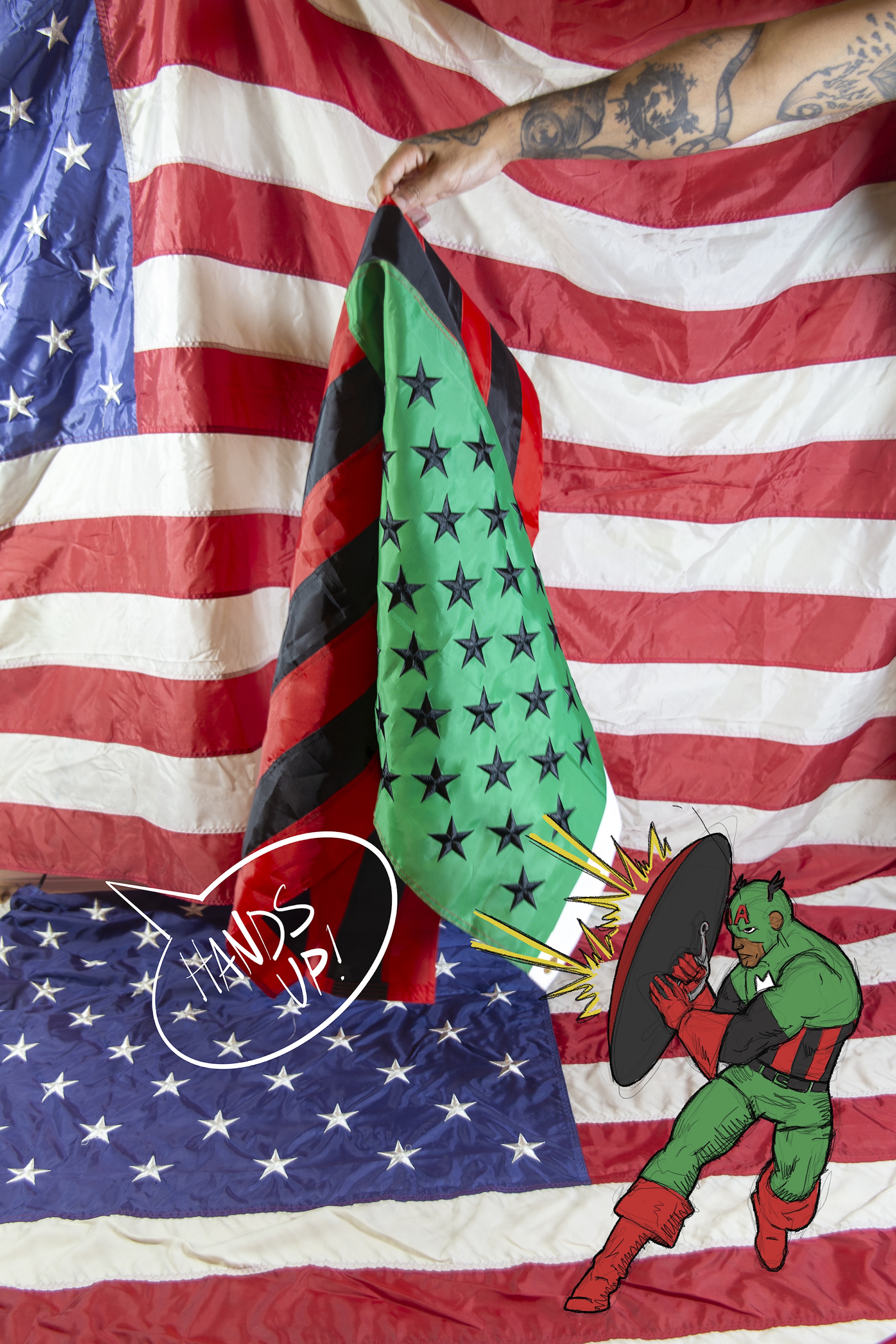
“As a curator, I want to ensure that photography is no longer used as a tool of violence, no matter how naïve that ambition may seem”
When I first read these words, my skin prickled and my mouth ran dry. This reflection reaffirms my hesitation about returning to live in America, in my body, with my identity, and amid the lack of real leftist political representation. My parents came to the United States in 1994. It was not money or social welfare that drew my parents from Germany, but the idea of America itself. Twenty years later, I found this evidenced in the slide film my father keeps in our garage: the Twin Towers, the Statue of Liberty, emulsified as proof of a private faith. While the fear I feel is fickle and mostly unfounded, as I exist with the privilege of a white woman, other parts of me – my queerness and values – were already largely rejected by my family, part of what made me leave the United States four years ago.
Yet, I feel a strange sense of patriotism, as if I need to return and bring my body “home,” to help balance some kind of scale. The act of forgetting, of trying to return to a certain past, or propel ourselves toward an uncertain future, seems to be at the core of American-ness. In my feature on Diana Guerra, she writes a quote that reads like a battle cry when placed next to her self-portraits: “Apparently, in America, we have forgotten that our bodies prevail over any social or political structures.”
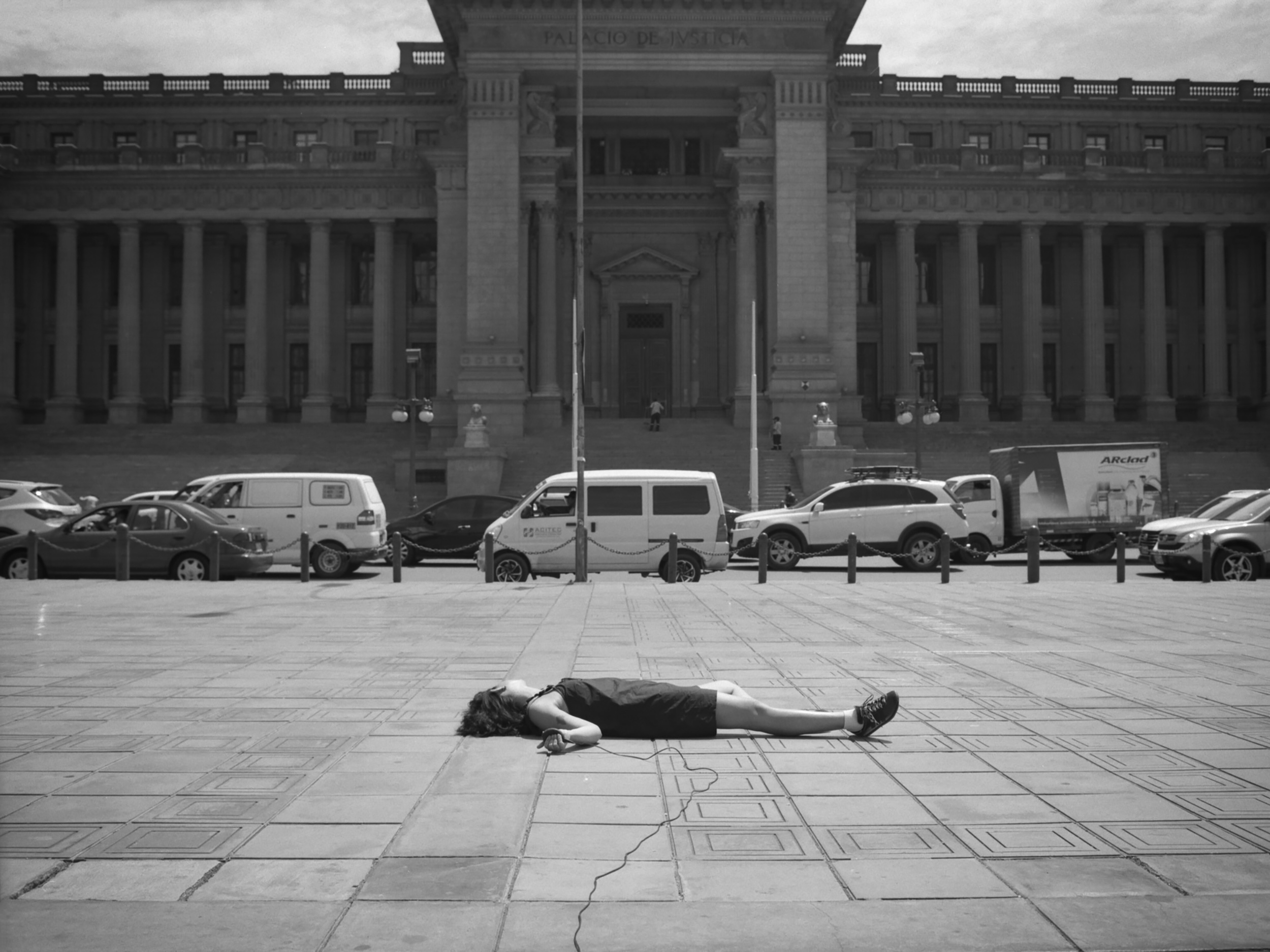
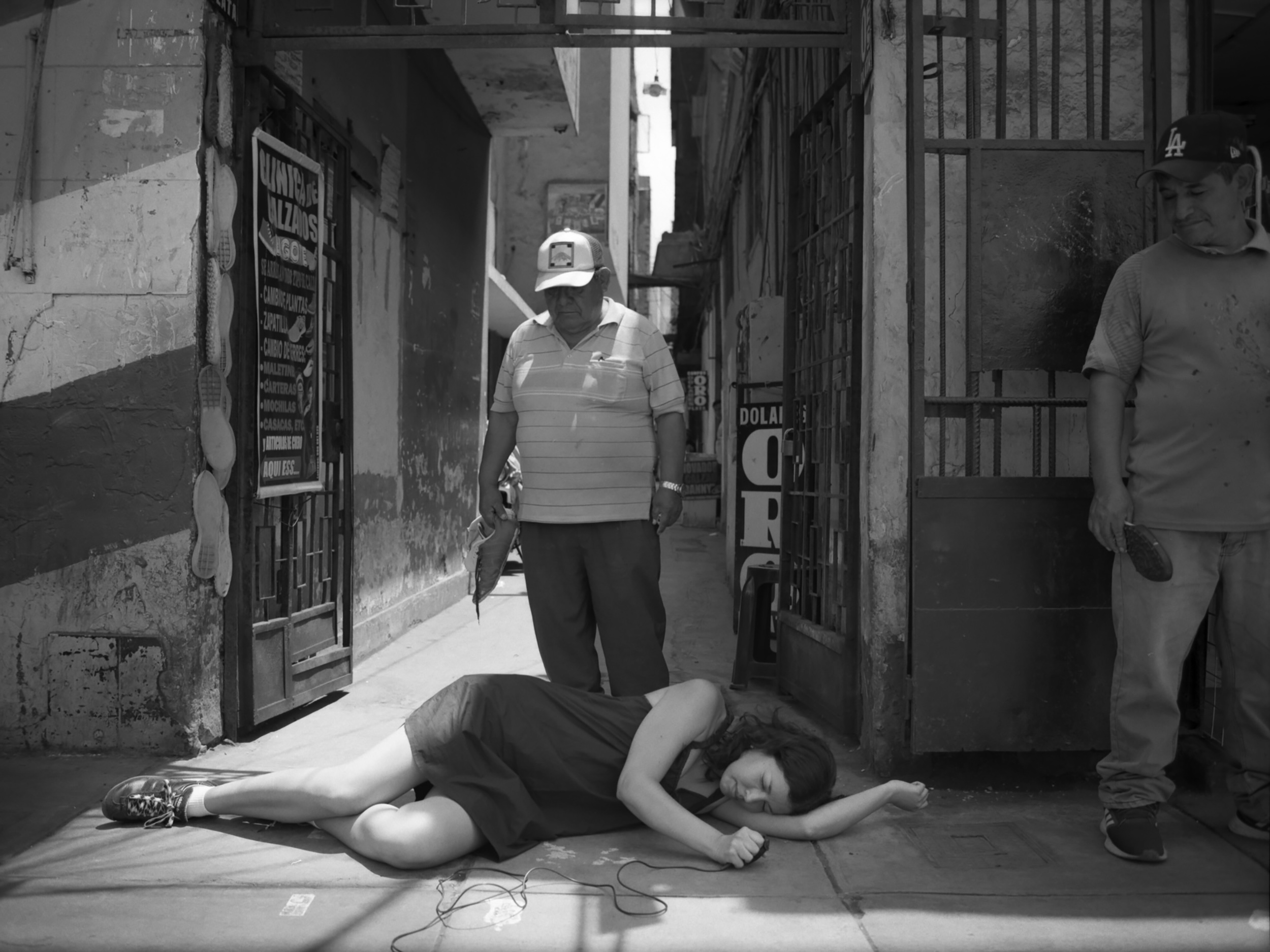
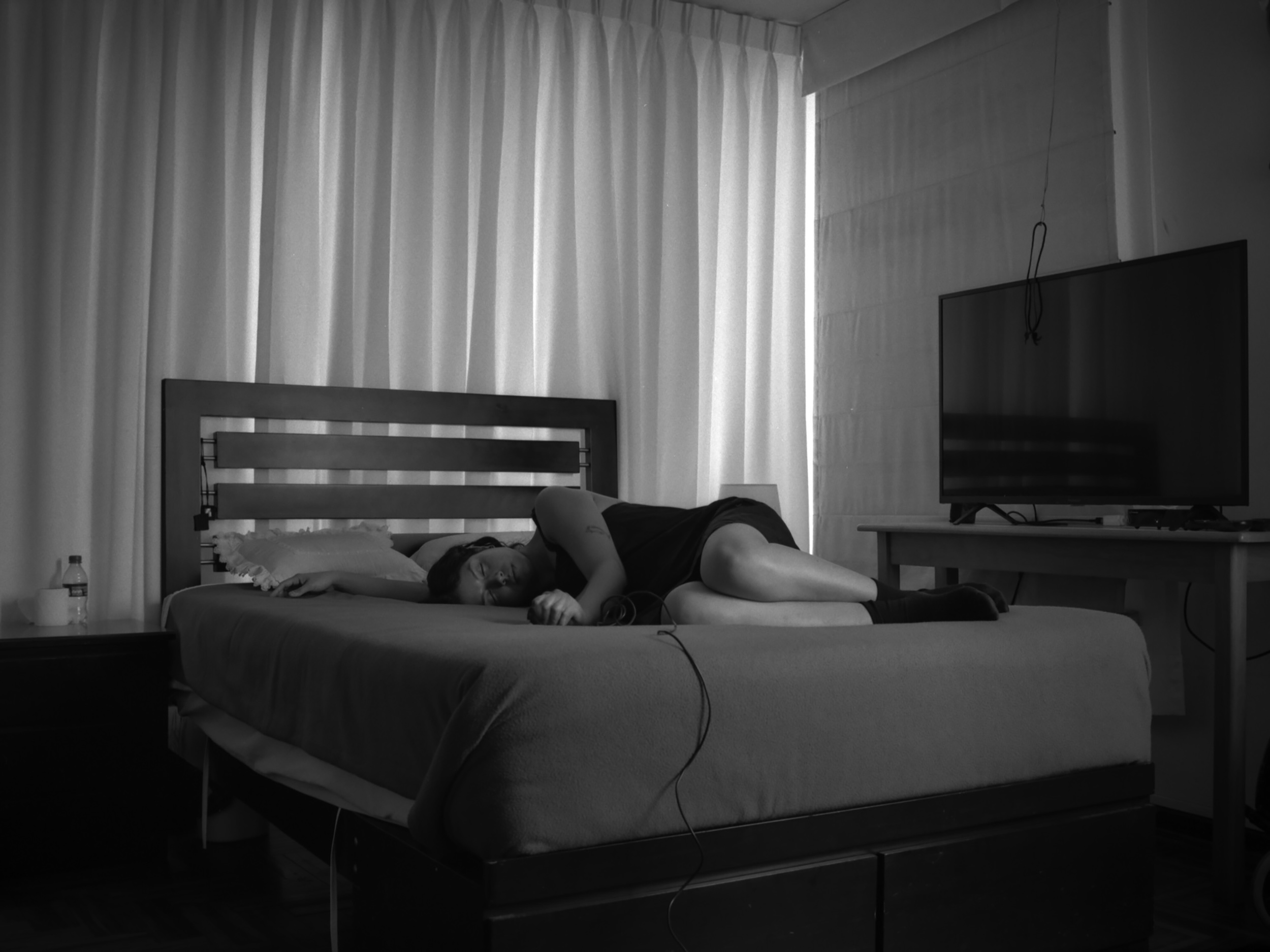
This tension, between bodies and politics, care and control, also echoes through Maggie Shannon’s series Safe Haven, about which she writes: “Apparently, in America, care is rationed while cruelty is abundant. The most intimate moments of our lives – birth, loss, healing – are legislated, surveilled, and politicised.” Her images, taken inside a Maryland abortion clinic post-Roe, witness bonds formed between patients and staff that transcend politics. Within those walls, care becomes an act of resistance.
A friend recently unfollowed me, along with 500 others, while they were applying for a student visa to study in the States, as if politics were contagious. My personal photography has faced censorship, and I recently chose to delete an entire project from my website because its protagonist is a DACA recipient. The images could put them in greater danger, especially considering how ICE is kidnapping people off the streets. What people do not realise is that we have always had to shrink ourselves. I have seen people detained at the border crossing in Tijuana for nothing more than having an orange in their backpack. A.I.A. would be a better reason, at least.
As Aldo Cervantes writes, reflecting on the in-betweenness and scapegoating of immigrant life: “Fear is their favourite weapon, but resilience is everything, omnipotent when we look after each other.”
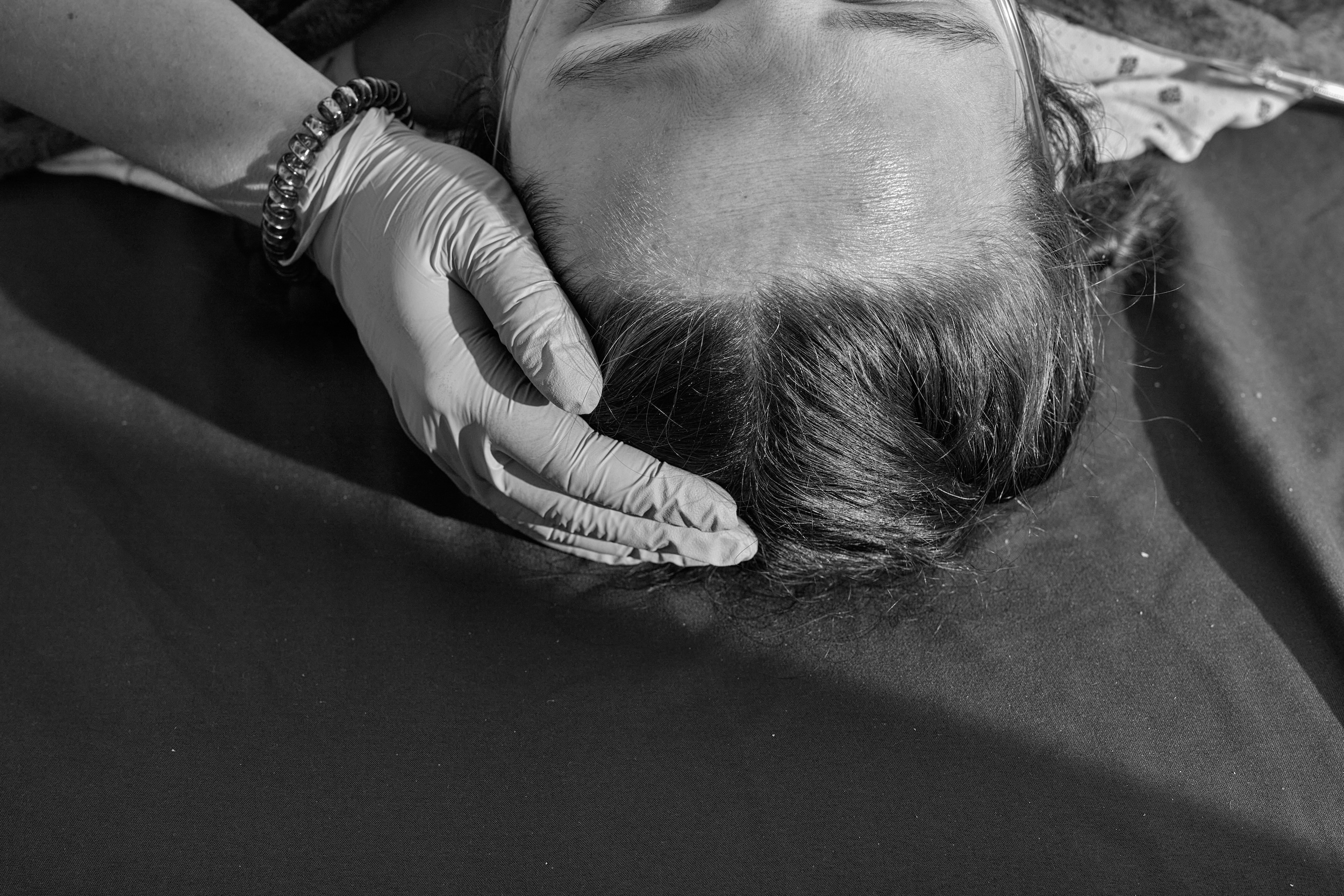
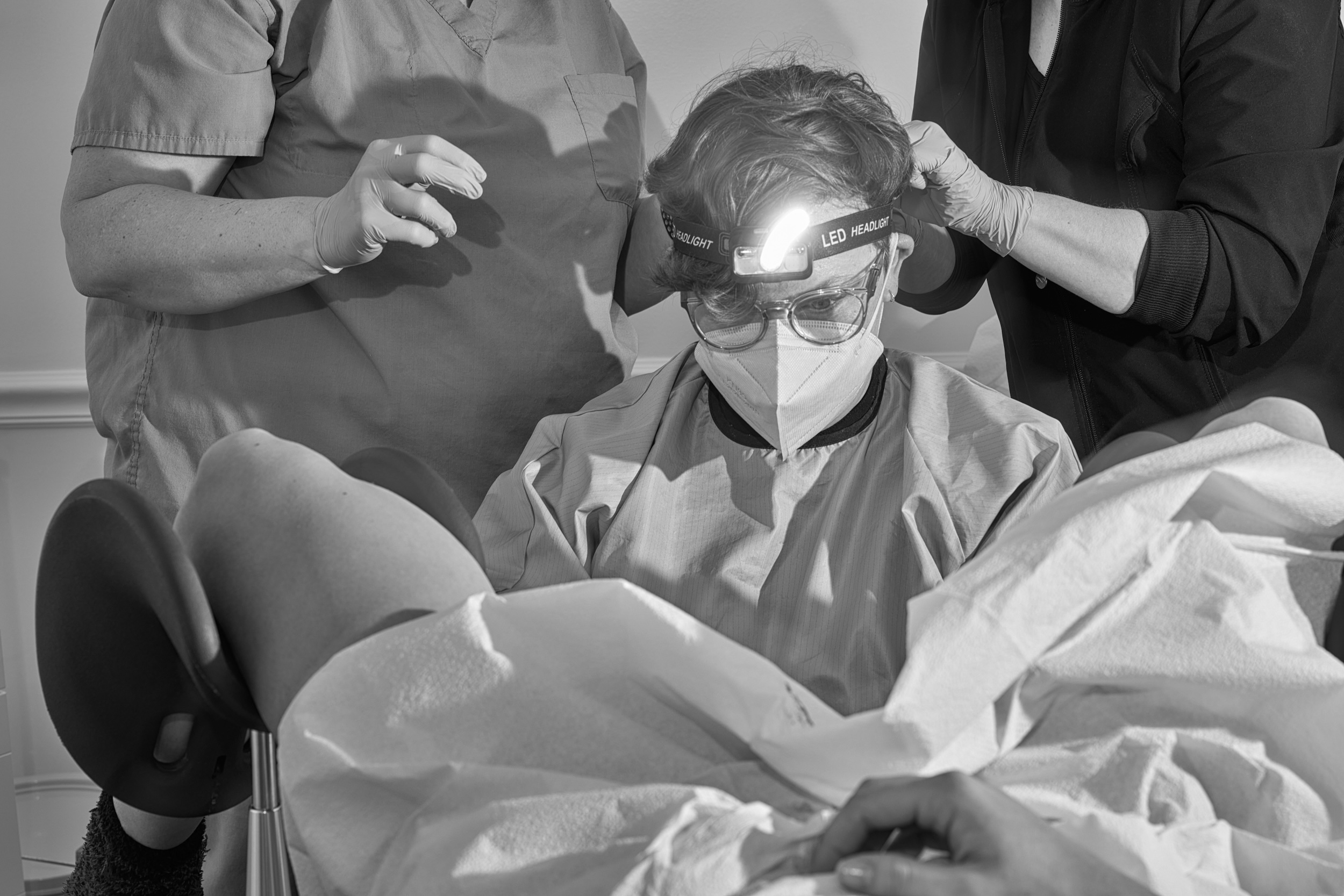
In curating this platform, I have ruminated on how contemporary photography feels to me as if it leans away from fascist rhetoric. Perhaps this is the result of the critical thinking required to conduct research and piece together visual stories and histories independently, which draws many of us toward leftist frameworks. As a curator, I want to ensure that photography is no longer used as a tool of violence, no matter how naïve that ambition may seem. There are painters like Jon McNaughton, working from photographs to memorialise Trump as a great leader as we speak, but those who continue to engage in unethical photographic practices are increasingly falling out of my view.
My engagement with my camera saved my life. The art photography world has taught me about elusive concepts like emotional regulation, empathy, and the willingness to sit with complexity. If a meme distorting JD Vance’s face is capable of deportation, we have to take photography more seriously than ever. A friend’s photography project once reunited her with her long-lost half-sister, and I see images making tangible impacts like this every day. So when we talk about a “post-photographic” world, I refuse to believe that our urge to image our realities can, or should, be replaced.
I open my Instagram feed to see a DSLR encrusted in mud and blood. The caption reads: “The weapon Israel fears most.” A jarring reminder of photography’s position in the world, a medium born from surveillance, yet constantly reclaimed as a tool of agency and resistance. Of course, we, the people of photography, align ourselves with the decolonial and radical revolutionary love. At least I do. As conversations about who is represented by whom, and by what means, intensify, I return to William Camargo’s haunting words: “Apparently, in America, we have forgotten that the body is policed, surveilled by the invention of the photograph and camera.”
